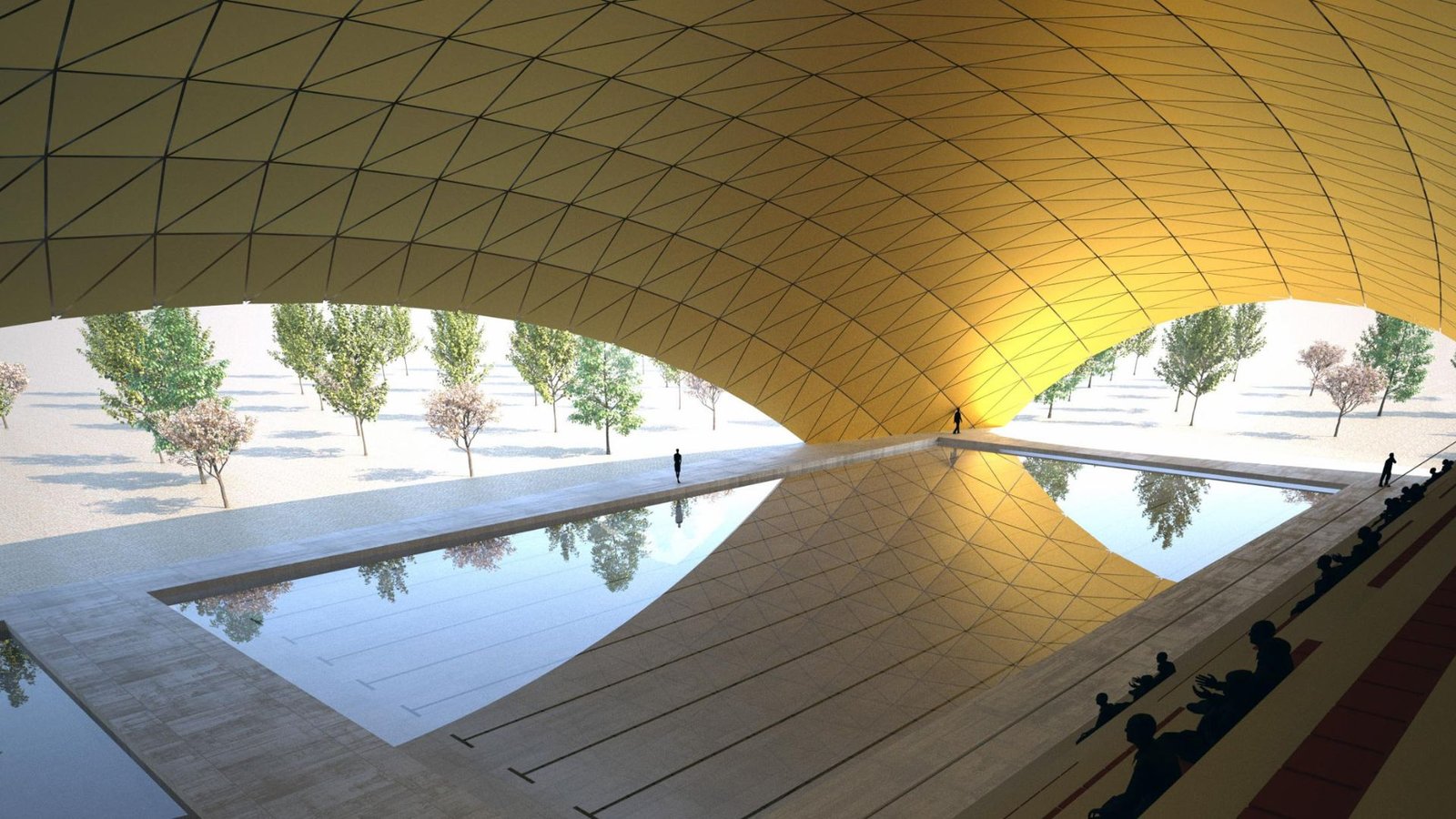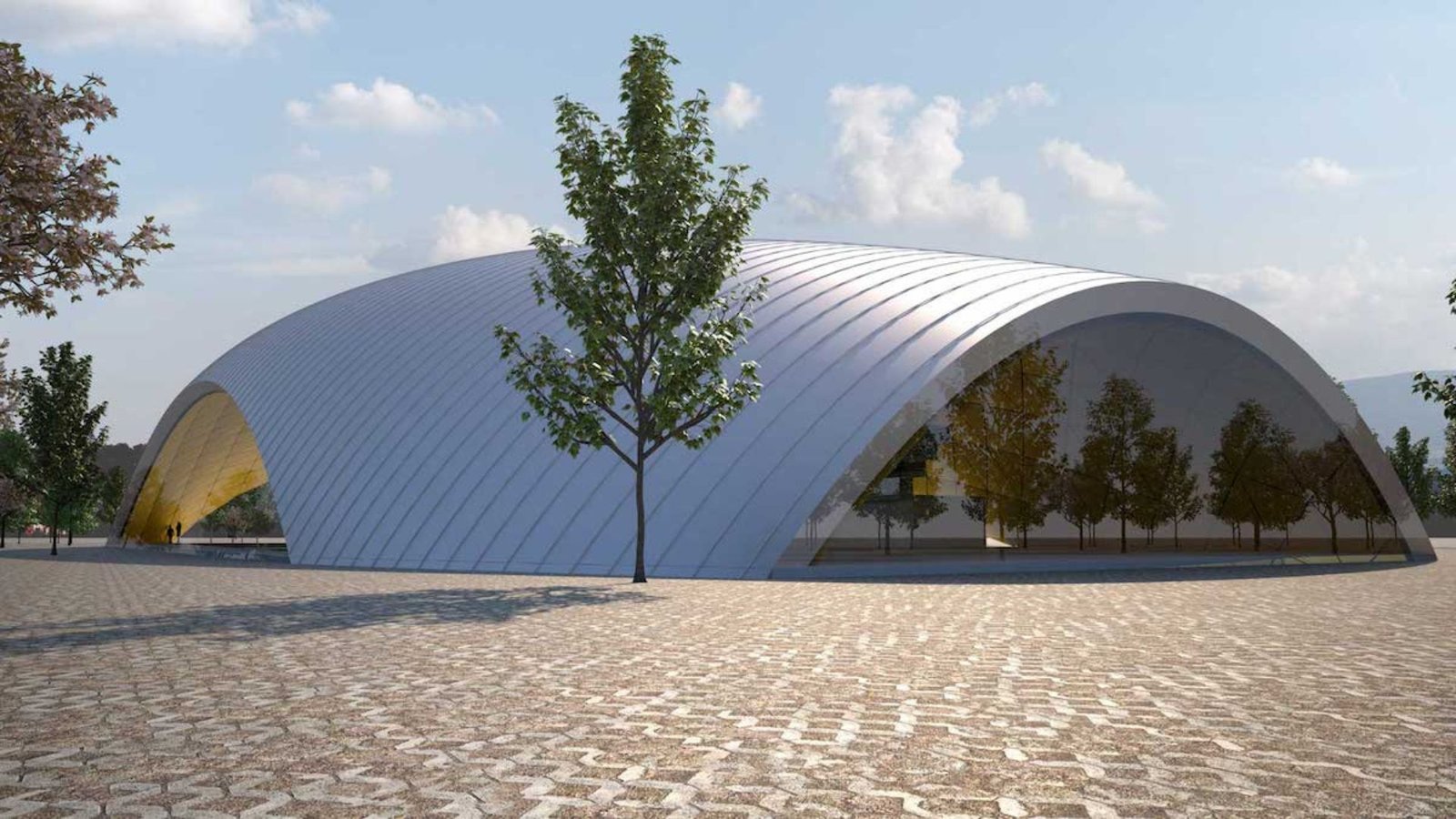The Use of Algorithm Design in Architecture
Algorithm design might sound like something straight out of a science fiction movie, but it’s having a big impact on a very real-world field: architecture! In this post, we’ll explore the exciting world of algorithm design in architecture and how it’s changing the way buildings are designed and built.

What is Algorithm Design in Architecture?
To begin with, imagine a set of instructions that can tell a computer how to design a building based on specific criteria. That’s essentially what algorithm design in architecture is all about. Architects use special software programs that contain these algorithms to create innovative and also efficient building plans.
The Benefits of Algorithm Design
So, why are architects turning to algorithms? There are several key benefits:
- Optimization: Algorithms can analyze vast amounts of data to optimize building designs for factors like energy efficiency, structural integrity, and also space utilization.
- Complex Geometry: Creating intricate shapes that were once difficult or impossible to design manually is now possible with algorithms. This allows architects to explore new and exciting design possibilities.
- Reduced Costs: By optimizing building designs, algorithm design can potentially lead to lower construction costs and also reduced waste.
- Sustainability: Algorithms can help architects design buildings that are more energy-efficient and environmentally friendly.
How Algorithm Design Works
Here’s a simplified breakdown of how algorithm design works in architecture:
- Define the Goals: The architect first defines the specific goals for the building project. This could involve factors like size, function, energy efficiency, and budget.
- Input Data: The architect then feeds relevant data into the software program, such as environmental factors, site constraints, and also desired building materials.
- Run the Algorithm: The software uses the defined goals and data to generate a range of potential design solutions.
- Refine and Choose: The architect reviews the generated designs, makes adjustments as needed, and also ultimately chooses the best solution for the project.
Examples of Algorithm Design in Action
People use Algorithm design in a variety of architectural projects around the world. Here are a few examples:
- Stadium Design: Algorithmic tools are used to design stadiums with optimal acoustics and sightlines for all spectators.
- Sustainable Skyscrapers: Algorithms can help architects design skyscrapers that maximize natural light and ventilation. Additionally, this reduces reliance on artificial lighting and cooling systems.
- Adaptive Facades: Building facades that adjust to changing weather conditions use algorithmic tools, improving energy efficiency and occupant comfort.
The Future of Algorithm Design
Algorithm design in architecture is still a relatively new field, but it has the potential to revolutionize the way buildings are designed and constructed. As technology advances, we can expect to see even more innovative and sustainable buildings emerge. Many thanks to the power of algorithms. However, it’s important to remember that algorithms are just tools. The human touch of a skilled architect will always be essential for creating beautiful and functional buildings.
Conclusion
In Conclusion, algorithm design in architecture is an exciting field with the potential to shape the future of our built environment. While algorithms can offer significant benefits in terms of optimization, efficiency, and sustainability, the human creativity and expertise of architects will always be crucial in the design process. As these two forces work together, we can look forward to a future filled with innovative and inspiring architectural creations.



